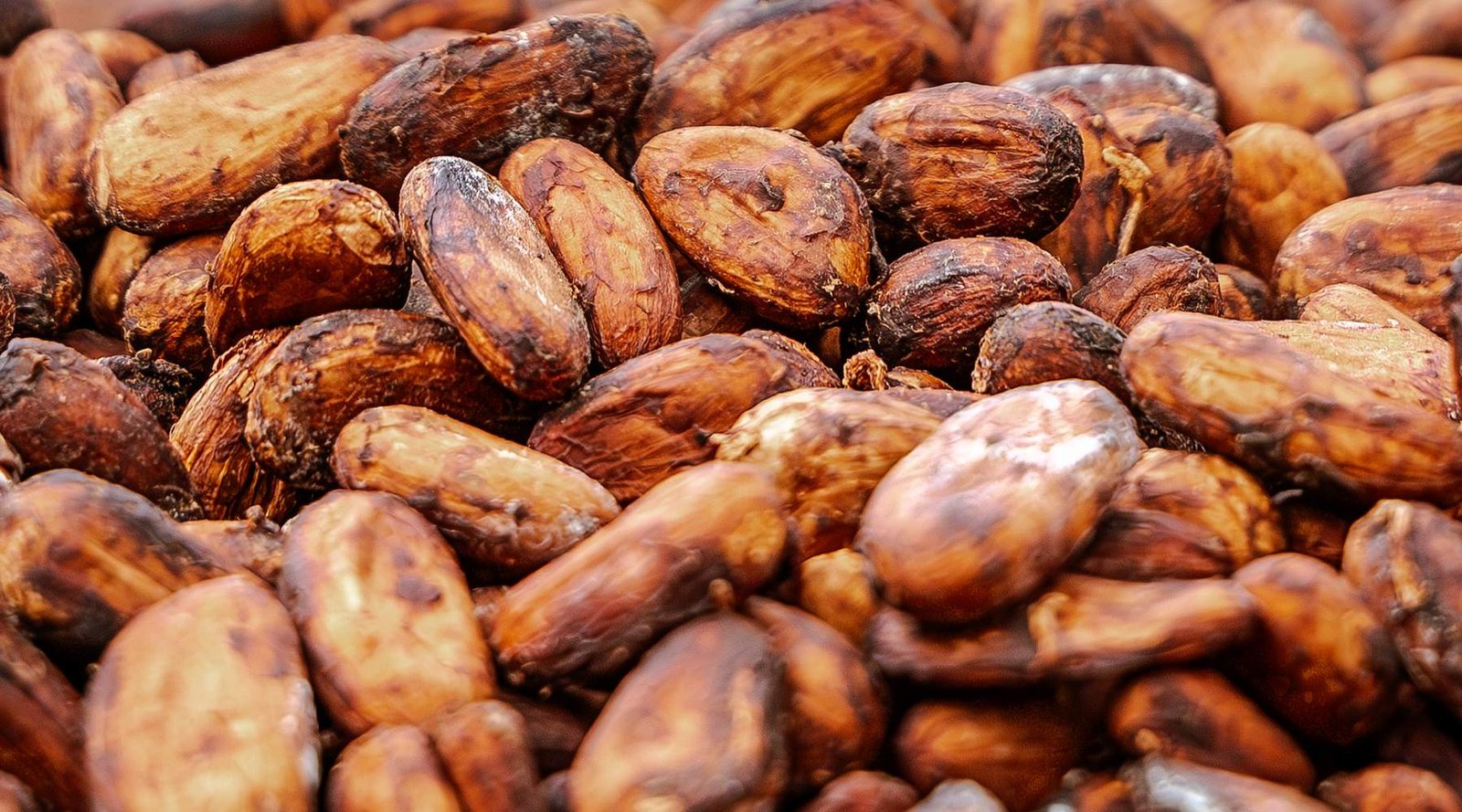Before embarking on your adventure to Combú Island, it’s worth getting to know some of the aspects of life here, such as the local expressions. Understanding the local vocabulary will make your experience much more authentic and unforgettable.
Regional Glossary
Below, you’ll find some typical terms used by the locals on the island and in the Amazon region. Learning these words can enrich your tour (a lot!):
- Açaí regional – Regional Açaí. Different from industrialized açaí; it is served pure or with flour and fried fish. It has a stronger flavor and a more liquid texture.
- Andiroba – This Amazonian fruit gives rise to a powerful medicinal oil, used for muscle pain, stings and even as a repellent. Its preparation is surrounded by traditional knowledge and made with patience and technique by women of the forest.
- Aninga – A common plant in flooded areas, with broad leaves. Sometimes used to indicate igarapé forests.
- Banho de cheiro – Scent Bath. A traditional practice of well-being and spirituality in the Amazon. It consists of bathing in macerated herbal waters (such as lavender, basil and priprioca) to cleanse energies, attract protection and renew the body and spirit.
- Bébe – the açaí harvested for the family’s own consumption, that which is not sold.
- Biojoia – Biojewel. Handmade jewelry made from seeds, fibers and other natural materials from the forest, such as jarina, tucumã, açaí and hedgehog. They represent the sustainable beauty of the Amazon and the appreciation of riverside knowledge.
- Caboco – A person born in the Amazon, usually with indigenous or riverine ancestry.
- Carapanã – in all parts of Brazil they are called mosquitoes.
- Égua! – Typical expression from Pará, used to express surprise or admiration. It can be positive or negative, depending on the tone: “Égua, what a nice place!”
- Farinha d’água – Fermented cassava flour, crunchy and essential in any Amazonian meal.
- Feijão manteiguinha – Small, soft beans, typical of the Pará region and widely used in local meals.
- Filhote – One of the most popular Amazonian fish, usually served fried or grilled.
- Furo – Natural channel that connects rivers or river branches; looks like a shortcut between waters.
- Igarapé – A small watercourse or arm of a river, usually quiet, perfect for canoeing or sailing.
- Maniçoba – Typical dish made with manioc leaves boiled for days, served with meat. It’s called “feijoada paraense”.
- Miriti – Plant used to make local handicrafts, especially colorful toys and ornaments. Also called Buriti in some places.
- Pavulagem – ornaments, things that attract attention. A person referred to as “pavulagem” (pompous) is a person who is considered over-confident, “aparecida” (strutting) ou “amostrada” (snobbish).
- Pirarucu – One of the largest freshwater fish in the world and a constant presence in Amazonian cuisine.
- Peconha – an improvised object made from açaí leaves to support the feet when climbing the açaizero (açaí tree) to harvest the fruit.
- Rabeta – Small boat with an engine at the back. Often used on the region’s rivers and streams.
- Tacacá – Hot broth made with tucupi, manioc gum and jambu. Very common in the streets of Belém.
- Tuira – The very ripe açaí, at the best point for consumption.
- Voadeira – A small, fast boat with a motor, used for transporting people and cargo on rivers.
